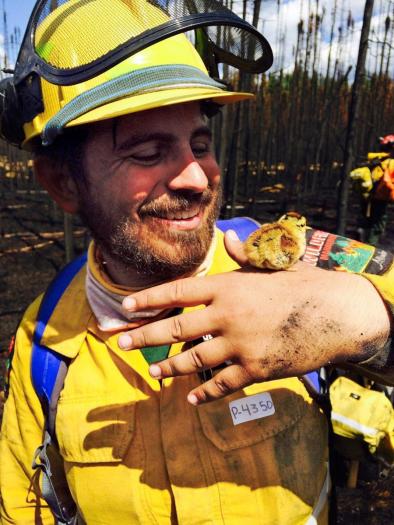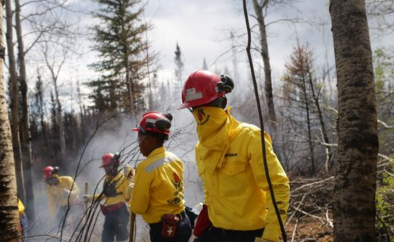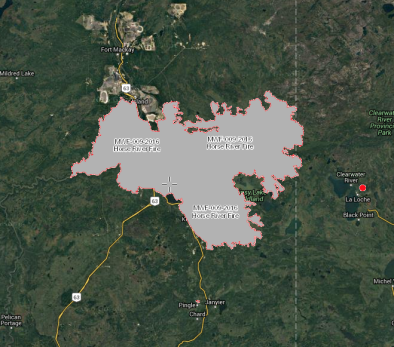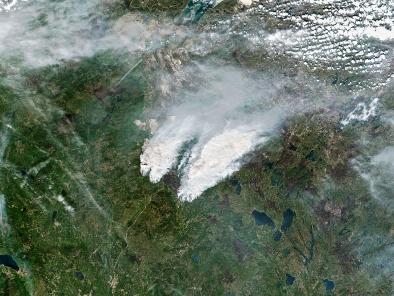Science Source
Climate-induced variations in global wildfire danger from 1979 to 2013
- States that climate strongly influences global wildfire activity, and recent wildfire surges may signal fire weather-induced pyrogeographic shifts
- Uses three daily global climate data sets and three fire danger indices to develop a simple annual metric of fire weather season length, and map spatio-temporal trends from 1979 to 2013
- Shows that fire weather seasons have lengthened across 29.6 million km2 (25.3%) of the Earth’s vegetated surface, resulting in an 18.7% increase in global mean fire weather season length
- Shows that a doubling (108.1% increase) of global burnable area affected by long fire weather seasons (>1.0 σ above the historical mean) and an increased global frequency of long fire weather seasons across 62.4 million km2 (53.4%) during the second half of the study period
- States that if these fire weather changes are coupled with ignition sources and available fuel, they could markedly impact global ecosystems, societies, economies and climate
Related Content
Headline

Jul 7, 2016 | The Weather Network
Fort McMurray fire costliest disaster for Canadian insurers
Headline

Jul 6, 2016 | USA Today
2 months later, massive Canadian wildfire finally 'under control'
Real Time Data

Jun 30, 2016 | PropertyLineMaps / Joseph Elfelt
Alberta Wildland Fires
Headline

Jun 23, 2016 | National Geographic
Forest Fires Can Heat Up the Whole Planet


